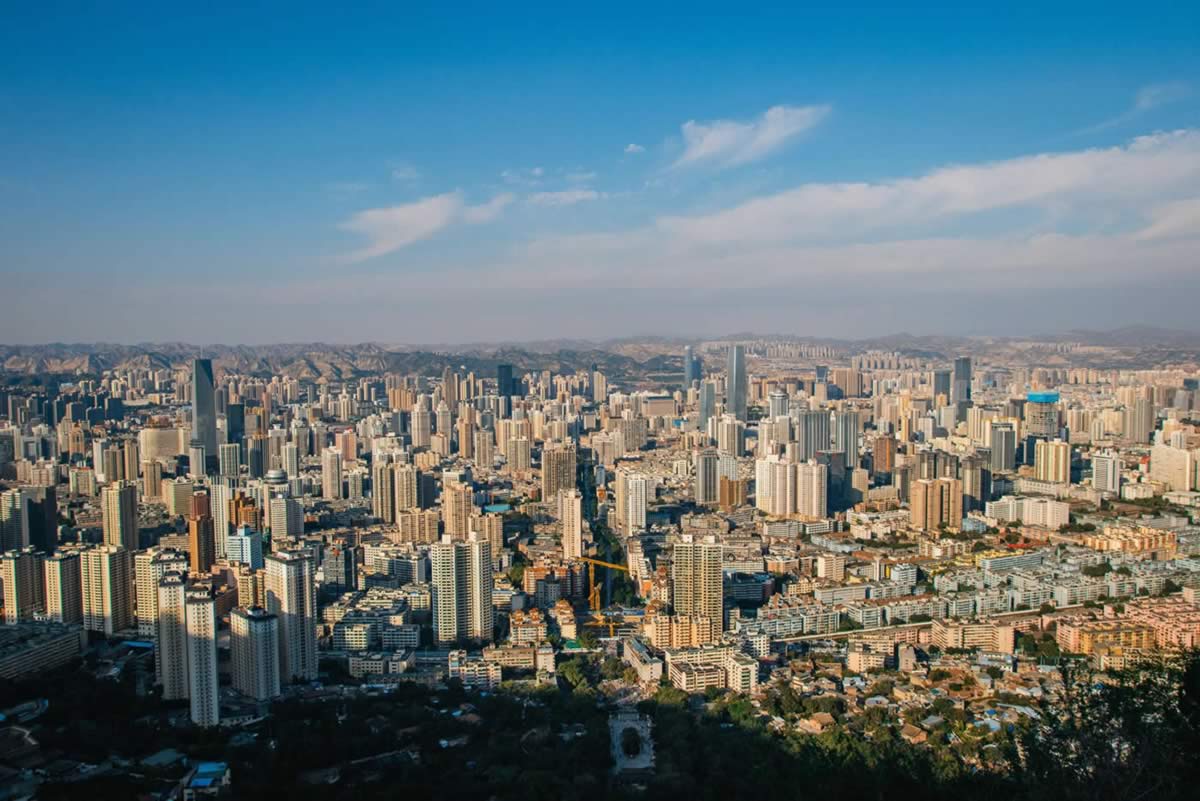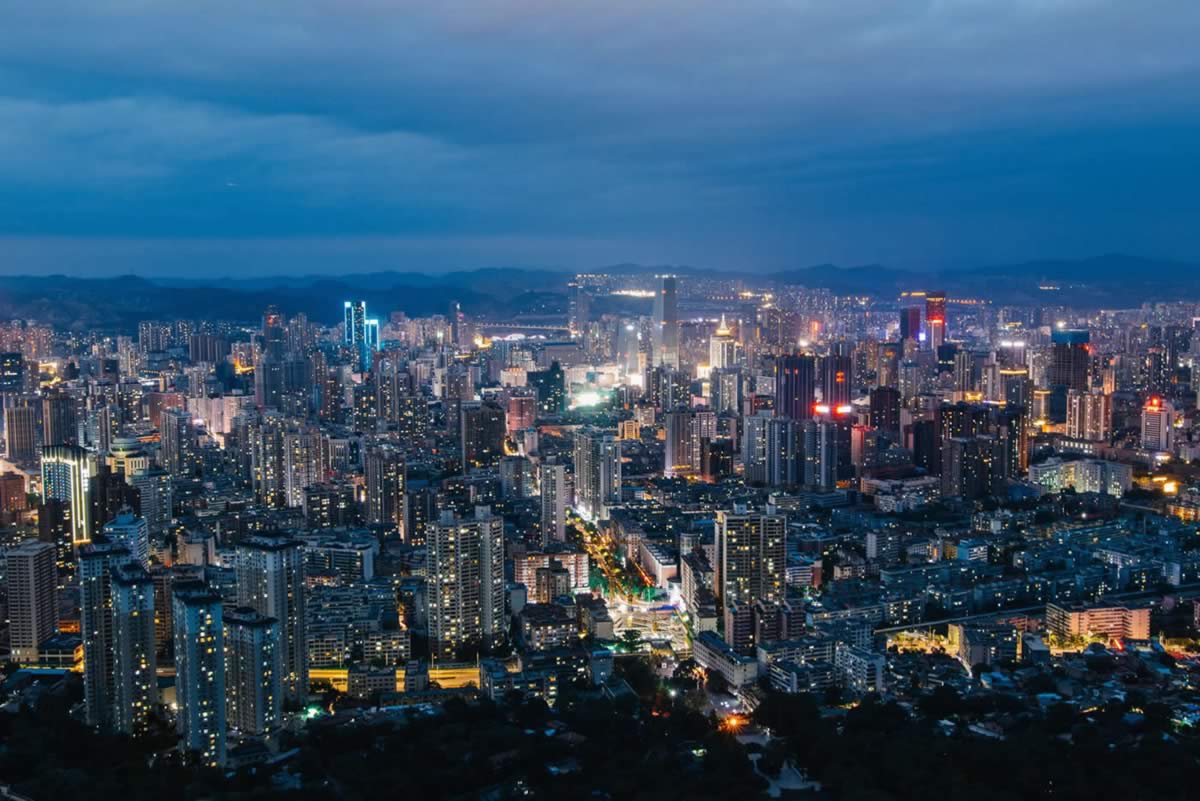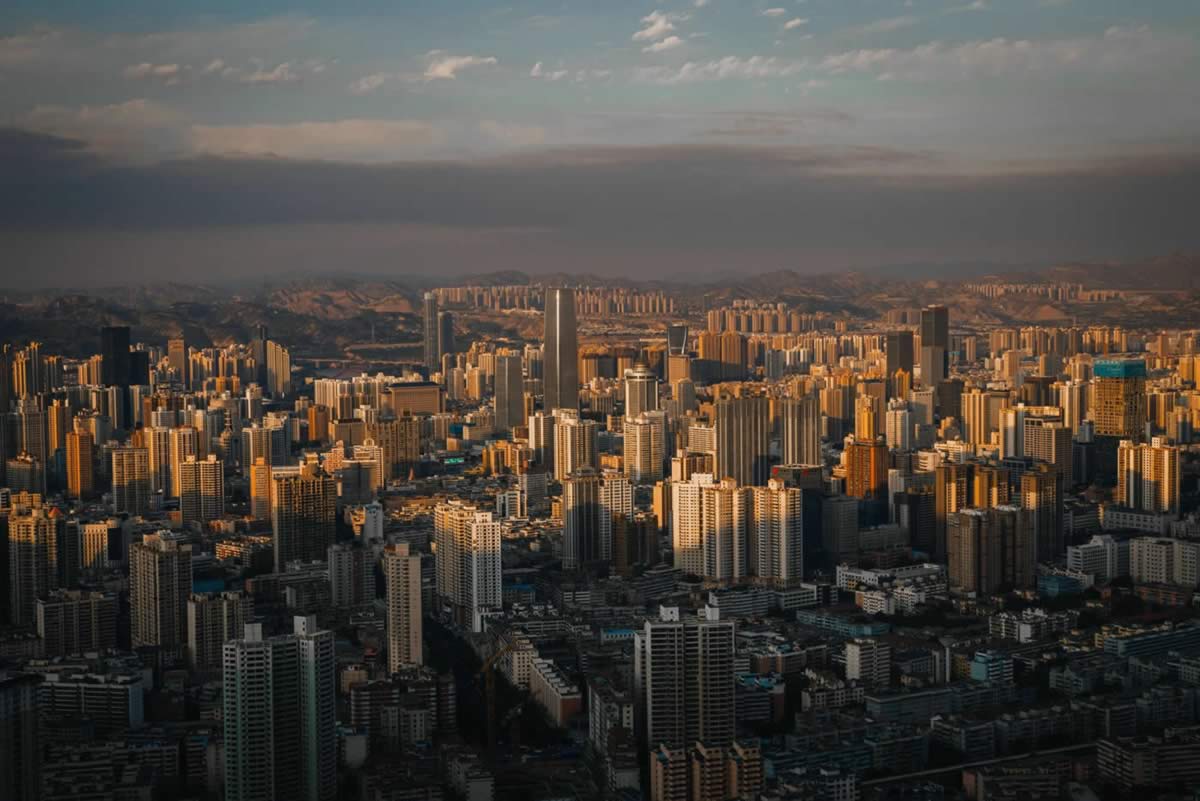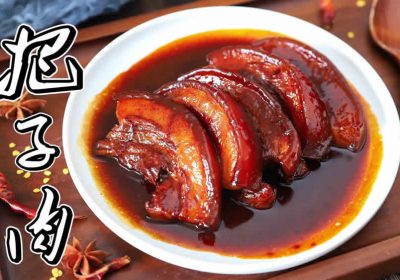Lanzhou, where the Yellow River flows through the city, is redefining itself as an eco-friendly urban hub in Northwest China. This article explores its urban planning, skyscrapers, Yellow River landscapes, and Dunhuang-inspired aesthetics, revealing how this Silk Road city crafts a multi-dimensional urban space within natural barriers.
Architectural Beauty from Dawn to Dusk
- Dunhuang Colors in Modern Design: Buildings feature earth-toned facades and glass curtain walls infused with Mogao Cave pigments, glowing like the "Golden City" at sunrise.
- Evolving Skyline: The 160-meter Asia-Europe International Tower anchors a cluster of skyscrapers, forming a striking contrast with the historic Baita Mountain and Jiuzhoutai. At night, the city transforms into a diamond-shaped silhouette, now a viral photography spot.
Spatial Innovation: A City Between Two Mountains
- Ecology Meets Urbanism: The Yellow River Ecological Restoration Project has turned 23 km of riverbanks into a green corridor, shifting from transport routes to multifunctional public spaces.
- Layered Greenery: Parks along the Northern and Southern Mountains and riverside belts create a tiered ecological buffer, boosting Lanzhou’s green coverage rate to 42%.
Silk Road Heritage in Contemporary Form
- Cultural Landmarks: The Dunhuang Flying Apsaras-inspired Olympic Sports Center and the Yellow River Tower Light Show blend tradition with modernity.
- Transit-Oriented Development: Metro Lines 1 & 2 connect key hubs like West Railway Station Business District and Dongfanghong Square CBD, forming a compact, walkable city in the valley.




 Chinatodo
Chinatodo


